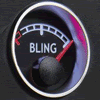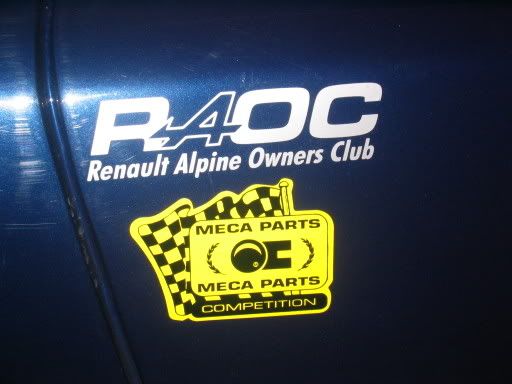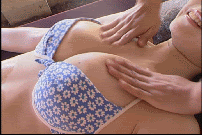 by clee » Thu May 11, 2006 2:05 pm
by clee » Thu May 11, 2006 2:05 pm
Coilover Suspensions
Why are they so popular and do they really improve the handling of a car. In theory, when you lower your car, you also lower it center of gravity therefore reducing body roll, thus improving its handling. However, handling characteristic of the car are not only determined by the center of gravity. You also have to consider the dampening system, spring rate, condition of the road, side-walls of your tires, unsprung weight, tire grip, geometry of the suspension and so on. Right now we are only interested in the ever so popular coilover set up. There are a lot of aftermarket manufacturers coming up with different brands and types of coilovers. Coilovers are popular with racers due to their adjustability. You can adjust the right height and in some cases you can also adjust the dampening thus produce superb handling.
There are two type of coilovers. They are true coilovers and sleeve type coilovers. True coilovers are a set up where the shocks have a threaded-body, when as the other one utilize a 'sleeve type' thread. One of the older, well-known manufacturer for coilovers is H&R. Now, there are different companies such as Tein, Intrax, etc also making coilovers. However, Ground Control was the pioneer of sleeve designed coilovers. We have no doubt about the benefits of true coilovers. But what about the sleeve type'? Does it work? In theory, it works the same as true coilovers. In real life, it doesn't even come close to the non coilovers shocks and springs setups.
Ground Control, the pioneer in sleeve design technology' utilizes aluminum body sleeve with Eibach race springs. The base of the spring is supported with a single rotational plate with an Allen screw-locking device. What's wrong with this design you ask? Like all 'sleeve type' coilovers, there is good chance for the sleeve to rotate and thus make the spring slip. This can happen to the enthusiast drivers who like to push the car to the limit. The other thing that worries me is the Allen screw-locking device. A screw that small is given the duties to hold the tension and twist that are generated by the car when an enthusiast drives it.
Weapon-R Tuner 2 coilover conversion. This one is basically the same with Ground Control except it added the extra locking plate (with the same allen screw locking it in place) supposedly for added security.
Skunkworks and Arospeed. These two companies utilize true coilover type locking devices. Double plates interlocking each other. This is by far the best set up yet. But how bout the sleeve? Some thing must be done to secure the sleeve.
These disadvantages not only can create clunking noise, but it can also be very dangerous. Imagine this: you are taking corners very fast, relying on that big buck suspension to do it job, when the sleeve/locking plates shifted thus creating a sudden jolt in your suspension (like when your driving thru rough road surface) and therefore lifted your tire of the ground thus losing traction……….
So why is it so popular? Cause it cheap ($249-$399US) compare to true coilovers ($1,200US and up). It looks cool, it's adjustable, and again it makes your car look cool….
Drivers Beware
The proper way to adjust a threaded coil-over suspension involves using a set of scales. The whole idea of this type of suspension adjustability is to equal out the loads on tires (or bias them for circle track) for cornering ability. The fact that you can lower the car with them is just an added benefit but it is NOT their primary function. You should be aware that you can hurt the performance of your car if you don't adjust them at least reasonably close. At best, the car may not corner as well as it used to. At worst, you may change the handling to the point of being dangerous. This sounds like an exageration but with a threaded setup you could load the front right and the left rear tires and create a car that turns left really well, but won't turn right worth a damn. Even, possibly, spinning out. All this with the car sitting perfectly level. You have the suspension, now take the time to set it up right. Find a tyre shop with some corner scales and work with them to adjust tire loading and ride height. The object is to get the cross weights (diagonal weights) even. It's not as important to get the other weights even. It's the cross weights that will sneak up on you.
Our kid was following me the other night and he said that it looked awfull bouncing like mad,











